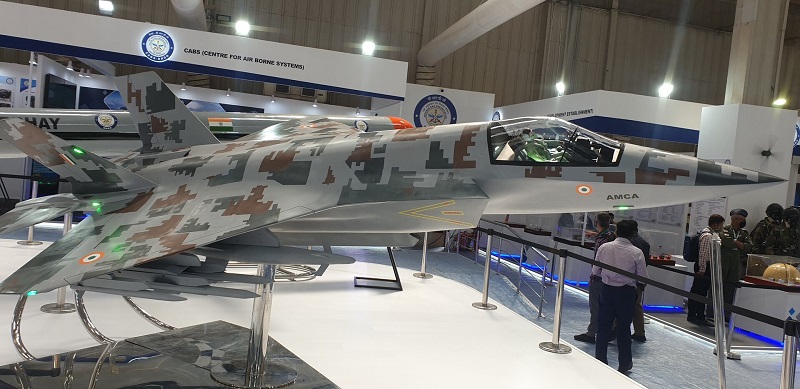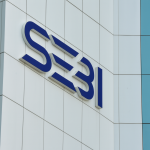
GE’s 80%, Safran’s 100%: Why New Delhi Is Done Playing Apprentice
India’s defence ambitions are no longer content with cosmetic “Make in India” tags or token technology transfers. The latest signal is New Delhi’s blunt demand that French aerospace giant Safran not only co-develop a fighter jet engine for the Advanced Medium Combat Aircraft (AMCA) but also hand over complete technology and intellectual property rights (IPR). In contrast, the deal with General Electric for the Tejas Mk2 engine involves about 80% technology transfer but stops short of IPR, leaving India tethered to Washington’s approval for upgrades and exports. The message is unmistakable: India is finished being an assembly-line apprentice.
For decades, India has endured the licensed production trap. MiGs, Jaguars, Sukhois—all were built in India, but only under the tight leash of foreign manufacturers. The result? Local jobs, yes, but perpetual dependence. Every upgrade required a foreign stamp. Every spare part had to be begged or bargained for. Every export plan had to pass through someone else’s capital. India was effectively renting technology rather than owning it, a strategy that guaranteed stagnation.
The GE F414 deal was hailed as a breakthrough because it finally brought substantial transfer of technology to Indian soil. But even at 80%, it is half-baked. Without IPR, India remains a subcontractor. The blueprints stay in American vaults, and without those, India cannot redesign, adapt, or independently export. It is like being handed the keys to drive the car but not the right to look under the hood. Sovereignty cannot be subcontracted.
This is why the Safran talks are different. India is demanding 100%—complete technology transfer with full IPR. If Paris agrees, it would be a geopolitical earthquake. For the first time, India would own the beating heart of its fighter jets. That ownership means the power to upgrade independently, spawn derivatives, and export without permission slips. This isn’t ToT—it is strategic emancipation.
Engines are not hardware; they are power politics in metallic form. America dominates aerospace because it dominates propulsion through GE and Pratt & Whitney. Britain clings to global relevance because of Rolls-Royce. Russia’s credibility in combat aviation rests on Saturn’s designs. Whoever owns the engines dictates the rules. Everyone else lines up for licenses.
France now faces its test. On one hand, a $7 billion deal deepens Indo-French ties, anchors Paris in the Indo-Pacific, and positions it as a counterweight to Washington. On the other, giving away propulsion technology risks elevating India to a rival. Will France take the bold step of treating India as a true partner—or will it retreat into the comfort of old client-supplier equations?
India has already decided. The apprenticeship era is over. Licensed production was once useful training; today it is a chain holding back ambition. India will pay, but only for sovereignty. This is Atmanirbhar Bharat stripped of rhetoric: not slogans, not screwdriver assembly, but mastery of the technology that defines modern airpower.
GE’s 80% is yesterday’s compromise. Safran’s 100% is tomorrow’s revolution. If India settles for less, it signs up for another generation of dependency. If it secures full IPR, it rewrites the global aerospace balance—and finally slams the apprentice’s door shut for good.


















